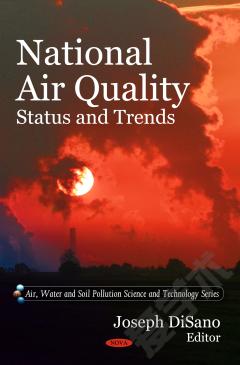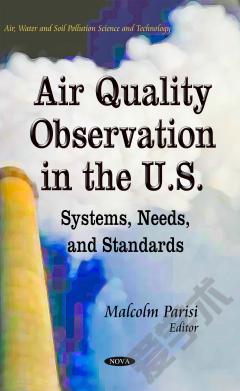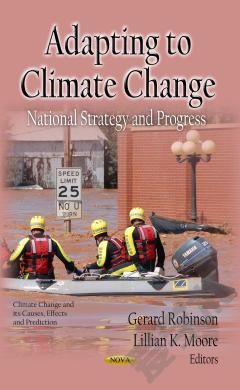National Air Quality: Status and Trends
With the prospect of new layers of complexity being added to air pollution controls, and with electricity restructuring putting a premium on economic efficiency, interest is being expressed in finding mechanisms to achieve health and environmental goals in simpler, more cost-effective ways. The electric utility industry is a major source of air pollution, particularly sulfur dioxide (SO2), nitrogen oxides (NOx), and mercury (Hg), as well as unregulated greenhouse gases, particularly carbon dioxide (CO2). At issue is whether a new approach to environmental protection could achieve the nation's air quality goals more cost-effectively than the current system. One approach being proposed is a "multi-pollutant" strategy - a framework based on a consistent set of emissions caps, implemented through emissions trading. Just how the proposed approach would fit with the current(and proposed) diverse regulatory regimes remains to be worked out; they might be replaced to the greatest extent feasible, or they might be overlaid by the framework of emissions caps. This book summarizes the most recent evaluation of the status and trends in our nation's air quality. This book consists of public documents which have been located, gathered, combined, reformatted, and enhanced with a subject index, selectively edited and bound to provide easy access.
{{comment.content}}








 京公网安备 11010802027623号
京公网安备 11010802027623号